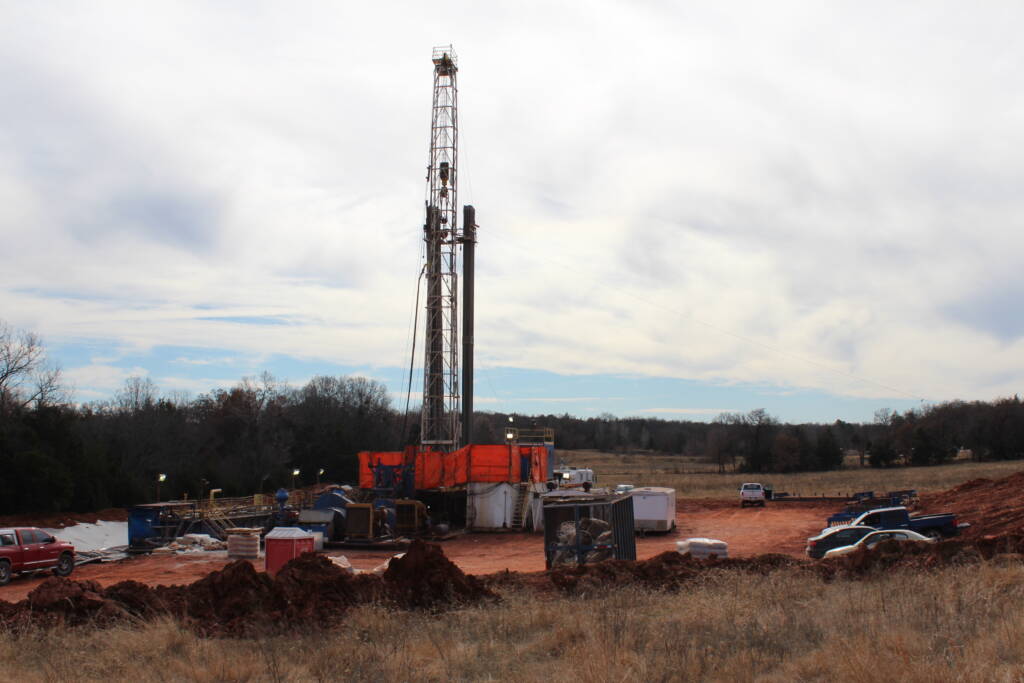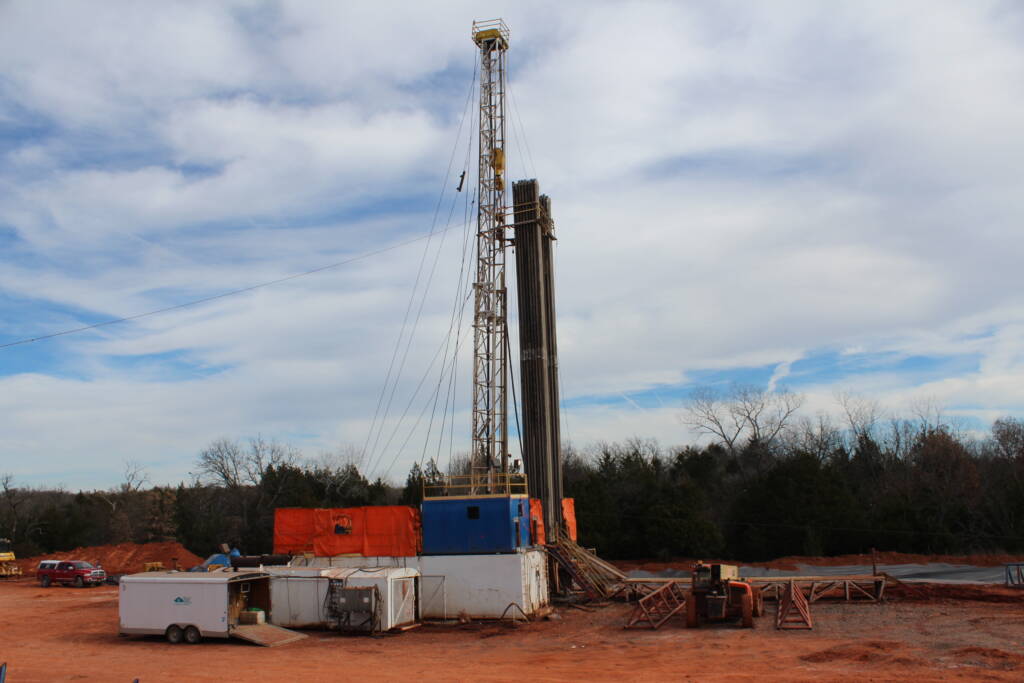At VP Operating, our Lease Operating expertise ensures that each exploration and production site achieves its full potential. Our dedicated team focuses on optimizing operations, enhancing productivity, and ensuring compliance with all regulations, positioning VP Operating as a leader in the oil and gas industry.
Strategic Asset Management
Our Lease Operating strategy begins with comprehensive asset management, aimed at maximizing efficiency and profitability across all leaseholds. Key elements of our approach include:
Resource Utilization: Efficiently managing resources to ensure optimal output and swift response to any operational challenges.
Performance Optimization: Conducting detailed assessments to enhance the productivity and lifespan of each well.
Cost Management: Implementing cost-effective strategies and technologies to reduce operational expenses without compromising quality or safety.


Operational Excellence
VP Operating is committed to maintaining the highest standards of operational excellence in all our lease operations. We employ industry-leading practices and technologies to ensure that our assets are operated safely and efficiently. Our operational focus includes:
Proactive Maintenance: Implementing preventive maintenance schedules to minimize downtime and extend the lifespan of equipment and facilities.
Cutting-edge Technology: Leveraging the latest advancements in drilling and production technology to increase efficiency and reduce environmental impact.
Routine Monitoring: Utilizing advanced monitoring systems for real-time data analysis and prompt decision-making.
Compliance and Risk Management
Navigating the complex regulatory landscape is critical to successful lease operations. At VP Operating, we prioritize compliance and comprehensive risk management through:
- Regulatory Adherence: Ensuring all operations comply with local, state, and federal regulations, as well as industry best practices.
- Risk Assessment: Conducting regular risk assessments to identify and mitigate potential hazards, safeguarding our stakeholders and the environment.
- Crisis Management: Preparing for and managing any unforeseen events with well-rehearsed contingency plans.




